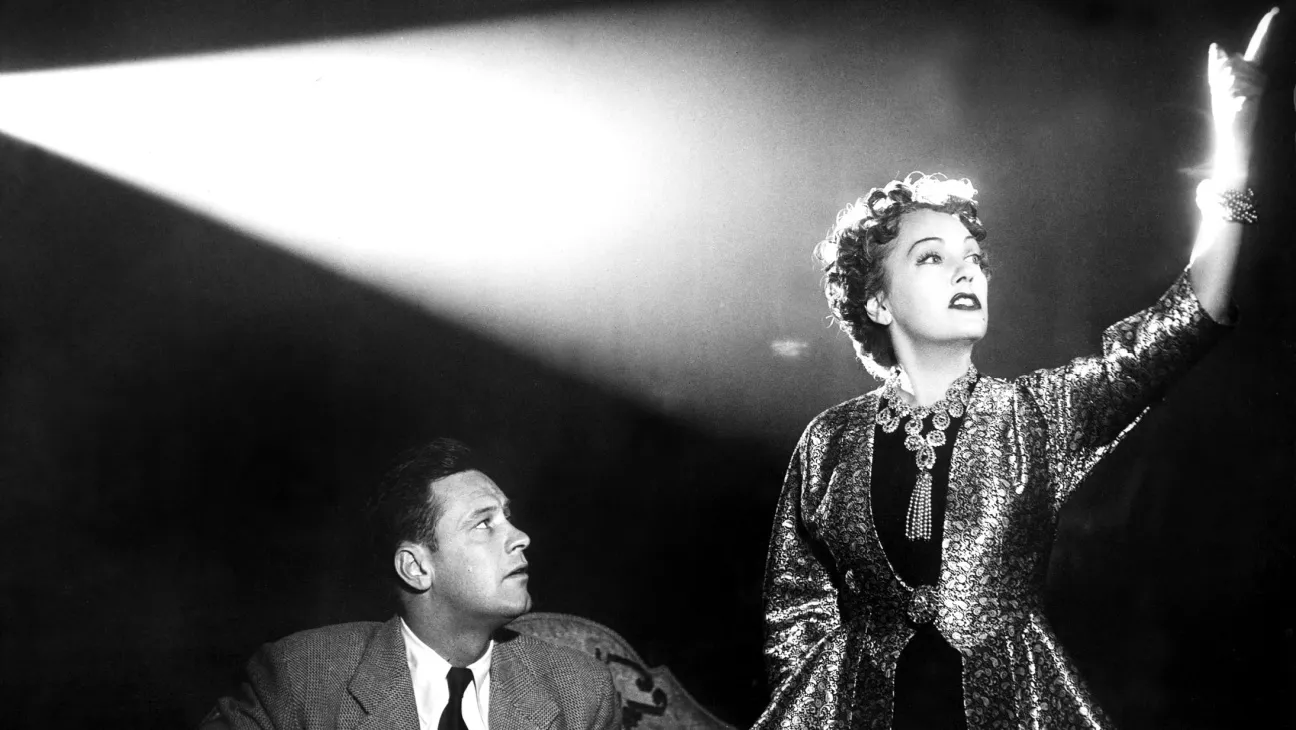Several influential movies are celebrating milestone anniversaries in 2025.
As it’s still relatively early in 2025, there is plenty of time to reflect on essential movies to watch this year. Although the technical aspects of the film industry have evolved significantly throughout cinema’s history, key elements of these films remain timeless and warrant celebration. The following films have shaped the evolution of moviemaking, and all share a milestone anniversary this year.
In the Mood for Love (2000): 25 years
Hong Kong director Wong Kar-wai’s swooning masterpiece on forbidden love celebrates the 25th year since its release this year. Set in Hong Kong, In the Mood for Love follows a man and woman who learn their respective spouses are having an affair with one another.
The two form a friendship for mutual comfort, but their feelings gradually evolve into an overpowering yearning for something more. However, not wanting to stoop to the level of their spouses, they refrain from making any advances on one another.
Dominated by glowing shades of red and a melancholy main theme, In the Mood for Love is perhaps one of the most beloved romantic films of all time, yet its protagonists keep their affections restrained. The two leads float wistfully down colourful yet shadowy alleyways of Hong Kong, sharing barely a glance or brush of the shoulder. Physical touch is hardly used as an act of romance here, the gradually closing distance between the two leads a patient and soulful journey that never grants you full catharsis.
It’s difficult to put In the Mood for Love’s sensuality into words, which is perhaps the intended effect and precisely what makes its tale of a doomed romance resonant and timeless.
American Psycho (2000): 25 years
With the resurgence of misogynistic masculinity coaches and podcasters, American Psycho remains as relevant as ever since its release. Surely by now, many are familiar with Patrick Bateman, whether it be through the film itself or the numerous memes and GIFs made from it.
An investment banker in his mid-20s, chemical-peel enthusiast and serial killer, Patrick Bateman is ultimately an exaggerated portrayal of men who care more about what other men think about them than anyone else.
The film effectively paints how quickly men sabotage themselves under the norms of the masculinity they exalt. The iconically deranged opening sequence showing Patrick’s obsessive rituals has become the unironic goal for many entranced by the current cultural trend of vague self-improvement through consumerism, excess and making it on your own. This makes the film not only a dig at rampant 1980s yuppie culture but has unintentionally aged it to be a modern allegory criticizing the 2020s cryptocurrency tycoons proudly sharing photos from their latest trips to Dubai.
Nearly every critique American Psycho makes rings just as true today as it did during its release. It’s a period piece for its time and a timeless Occam’s razor to contemporary toxic masculinity.
Jaws (1975): 50 years
The 50th anniversary of Steven Spielberg’s Jaws celebrates more than just an iconic poster and main theme, but a film that shaped horror filmmaking and human vs. nature stories. After a series of mysterious shark-attack-related deaths in New England, a team of men work to prevent it from terrorizing the idyllic coastal waters of Amity Island.
Prior to Jaws, horror cinema was largely stuck in B-movie territory. Spielberg challenged this by adopting elements of horror and suspense into a dramatic story with a simple but effective plotline. Spielberg relies on John Williams’ iconic score and sustained shots of the waves to build tension, keeping audiences on their toes.
Jaws defied typical creature-feature conventions at the time by keeping its monster hidden beneath the waves. Other renowned horror films like The Thing and The Blair Witch Project have adopted this same approach successfully, signalling to horror filmmakers that high budget effects are not required to succeed at evoking terror.
Jaws‘ use of horror blended with drama on a bigger budget rocketed the genre into the mainstream, shaping it forever and forwarding its capabilities.
Sunset Boulevard (1950): 75 years
A staple of old Hollywood and pop culture, Billy Wilder’s Sunset Boulevard celebrates 75 years since the world first prepared for Norma Desmond’s close-up.
The film blends the noir, black comedy and psychological thriller genres to illustrate Norma Desmond, played by Gloria Swanson, a former star of film’s silent era lurking in her crumbling mansion away from the spotlight. By chance, she meets screenwriter Joe Gillis, ordering him to write the script for her comeback performance.
Sunset Boulevard bookends a turning point in Hollywood when the glitz and glamour coating its surface could be ripped away, revealing the sinister ways fame corrupts people. It paints Norma as a tragic antagonist who cannot be fully blamed for her actions. Countless films, TV series and novels have been written around this same subject matter, but Sunset Boulevard’s approach suggests that the real villain of a story may not be one of its characters at all, but rather that a character’s actions are influenced by the real consequences of something larger than themselves.
It’s rightfully one of the most celebrated films in history and a must-watch for gaining insight into cinema’s evolution.
As filmmaking races into the future, it’s important to keep in mind the historical efforts made to shape the art of filmmaking. Reflecting on these films reminds us of the timelessness of cinematic storytelling, and the evolving artistic conventions in the field.

